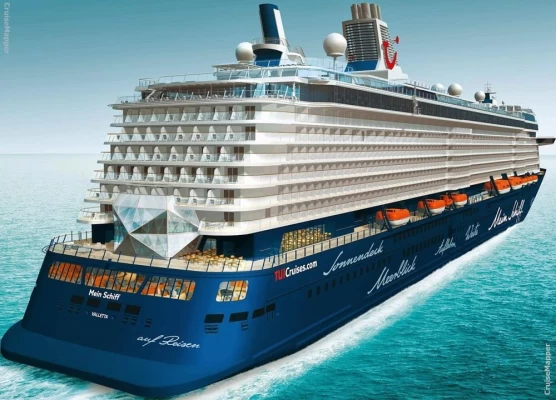Siwa Oasis, Egypt
Siwa Oasis is an oasis situated 10 m under sea level in a depression between Qattara Depression and the Great Sand Sea and only about 60 km from the borders of Libya, 350 km from Marsa Matrouh on the north coast of Egypt, and about 600 km from the capital of Egypt, Cairo.
For people traveling from Cairo to Siwa Oasis, the trips take around 8 to 9 hours by road, including 2 or 3 stops. It is advisable to travel from Cairo to Siwa Oasis for private car driving (Cairo Top Tours can organize a tour from Cairo to Siwa Oasis at affordable prices).
Siwa Oasis in a Nutshell
1. Historical Significance:
Siwa has served as the cultural crossroad for centuries, becoming host to ancient Egyptian, Greco-Roman, and Berber influences.
The Temple of the Oracle was a sacred site frequented by Alexander himself during the 26th Dynasty.
2. Natural Beauty:
Besides the crystal-clear salt lakes, like Lake Siwa and Birket Siwa, that provide an opportunity to relax and enjoy floating in an unusual way, the Great Sand Sea surrounds it by pinpointing some astounding dunes for sandboarding and 4x4 desert safaris.
3. A Distinct Culture:
The oasis belongs to the Siwan people, who have maintained their own attractive traditions, inner language (a Berber dialect), and crafts, such as handmade jewelry and textiles.
4. Therapeutic Tourism:
These salt lakes and springs, like Cleopatra's Spring, are supposed to possess therapeutic qualities.
The climate of the desert makes it an ideal retreat for the health- and relaxation-seeking.
Siwa is one of the most unique oases in Egypt; it contains Bedouin villages and two salt lakes, Siwan Lake and El-Zeitoun Lake, and is famous for the existence of the Temple of Alexander the Great, which is also known as the Temple of the Oracle.
The area of Siwa Oasis is 80 km in length and 20 km wide, and the population is around 7000 inhabitants, all of whom are a mix of Libyan and Tunisian tribes that have their own language, the Amazigh language.
The Islamic religion is the official religion in Siwa, only in 708 A.D., and the people in Siwa are kind of conservative people who had kept their traditions, and it is to be delivered throughout generations.
The income in Siwa mainly comes from the agriculture of dates and olives, and thanks to the underground natural water, they have big factories for bottled and mineral water. They depend also on the tourism industry after being famous for temples and sites that date back to the ancient Egyptian epoch.
Siwa Oasis contains hot water springs like Cleopatra Spring, Bir Wahid, and other springs that come out from the bottom of Dakrour Mountain and other mountains. Siwa Oasis is considered one of the most interesting oases in Egypt due to its culture and history.
A sunset relaxation time at Fitnas Island is something you don't want to miss; you can have the chance to see the flamingo birds swimming at the lake while having a soothing lemon-leaf traditional Siwan tea.
The most adrenaline-rush activity to do is the Siwa Oasis Desert Safari; you take a private 4x4 Jeep vehicle to go deep inside the Great Sand Sea to enjoy a thrill ride before sandboarding on the sand dunes and washing at the cold salt lake or the hot spring of Bir Wahid while having snacks and admiring the spectacular sunset.
How to Reach Siwa Oasis:
Indeed, Siwa is accessible by a beautiful drive from Cairo or Marsa Matrouh for between 8 and 10 hours. It is quite a journey in some pretty remarkable parts of the desert of Egypt, although it is remote.
Why Visit Siwa?
Siwa Oasis is not a destination; it is a time travel, a park for soul searchers, adventurers, and authenticity seekers. Whether you are captivated by history, nature, or therapeutic benefit, Siwa guarantees a genuinely unique getaway.













